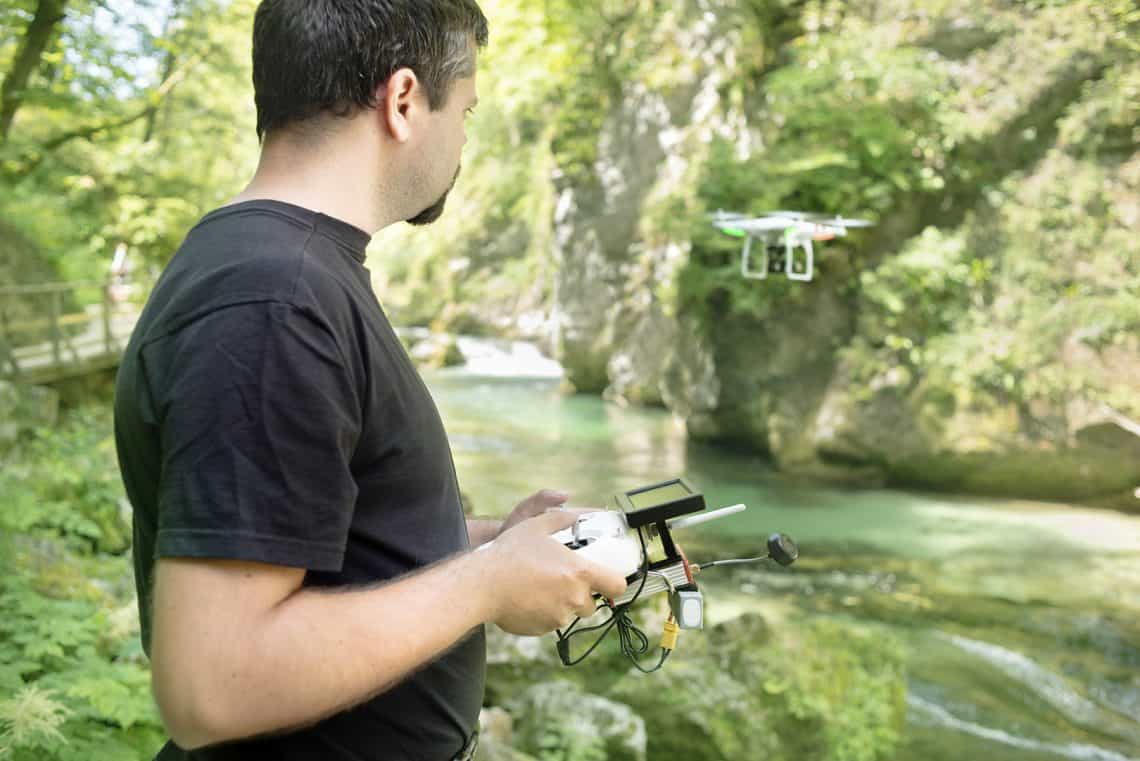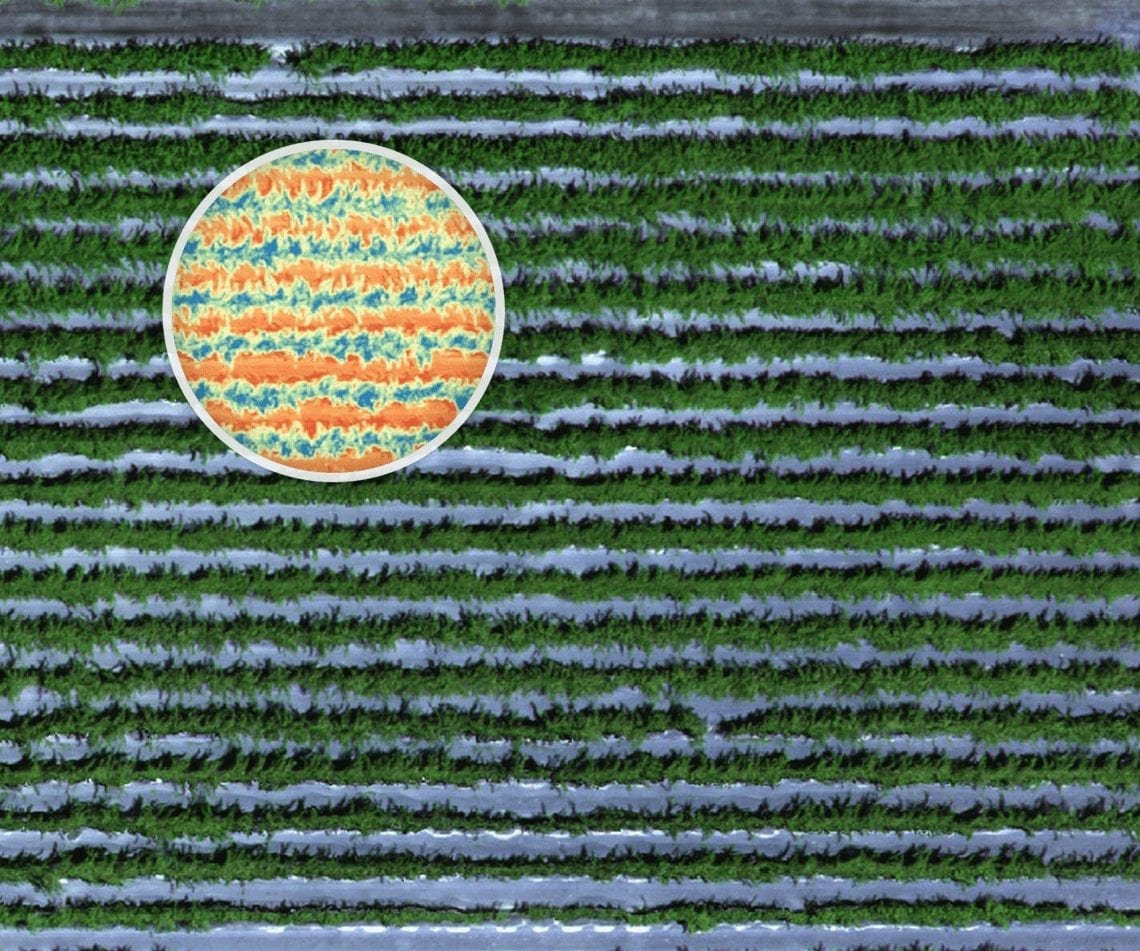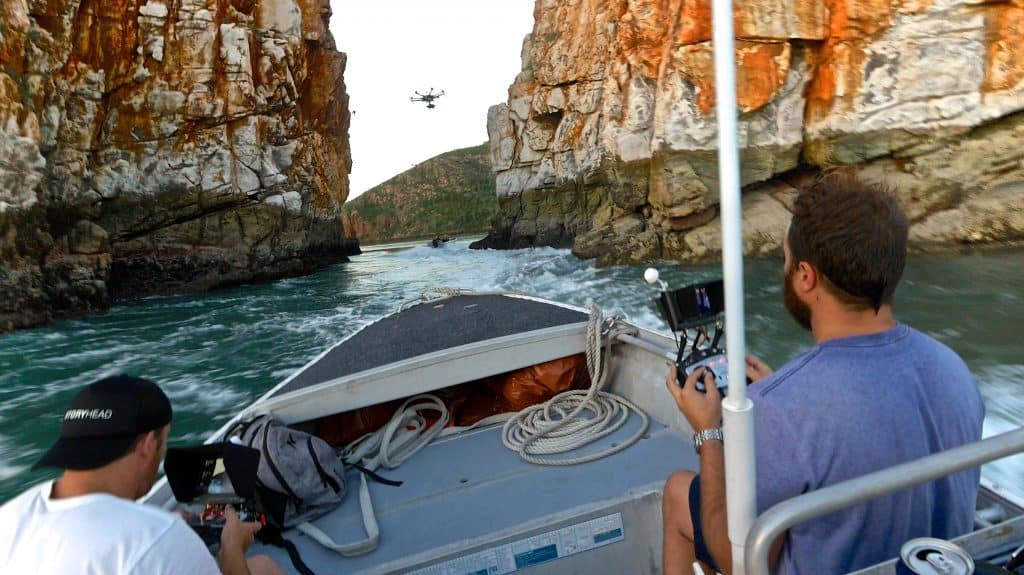UAVAir General Manager Ashley explains the changes to CASA’s 101 UAV Laws
Wednesday 30th March 2016 marks the first significant change in Australia’s Drone Laws in a long time. Long touted as 102 or 101 Part 2, The Civil Aviation Safety Authority (CASA) new regulation is rather an amendment to existing legislation. There has been a lot of myth building around these changes which were first flagged in 2016. Whilst we are still interpreting the changes here’s the key elements and how they will affect those wanting to work in the UAV industry. Bear in mind none of these changes take effect for another 6 months, sometime around September 2016.
A lot of changes bring the regulation and terminology in line with the International Civil Aviation Organisation (ICAO).
Sub 2 Kilo Law


This is the big one a lot of people have been holding out for. The changes will make it much easier for some people to get started in the industry however there are a few major caveats that will make operating a UAV business difficult.
If you would like to use a Sub 2 Kilo or small drone for paid work, (In most cases we are talking about a DJI Phantom, 3DR Solo or the Yuneec Typhoon H) you can now do so without having to have training, know as a Remote Pilots Licence and an Operator’s Certificate now known as the Remote Pilots Licence or RePL. You will need to keep in mind the following conditions before doing so however:
- You will need to apply to CASA 5 days before your operation begins
- You may not operate within 3nm of an airport or aerodrome, above 400 feet, in a populous area, or at night
*It’s also worth noting that we haven’t received advice from insurers regarding public liability insurance. Insurers may have a different perception of risk to CASA and may require some form of training such as our Flight Fundamentals Course to provide cover.
The Sub 2 kilo change is likely to prove useful for many people wishing to add capability for Real Estate Photography and other types of Drone Photography. A basic recreational UAV in this weight class does an OK job of producing images when the weather and light conditions are favourable. For a Real Estate Photographer working outside of capital cities a change like this could save them thousands of dollars it setup costs assuming they can get Public Liability Insurance for their operations.
What the change won’t do however, is open up the many other growing markets that require more sophisticated technology. Surveying, mapping, asset inspection, corporate photography and cinematography all rely on more sophisticated and robust systems which won’t fit into this weight class. Also, those operating in capital cities will inevitably run into problems in an around aerodromes and helipads that require the ability to operate an Aeronautical Radio and gain permission from CASA and Airservices Australia. For the bulk of UAV Operators a Remote Pilot Licence and an Operator’s Certificate will still be required but the changes will allow new entrants to get setup more cheaply and use the income to build out their capabilities over time.
Agriculture changes


The big winners out of CASA’s changes will be landowners looking to utilise drones for agricultural work. UAV’s have enormous potential for the Agriculture industry and the use of larger drones in the agricultural setting have lower safety issues than in built up areas. As a result landowners can fly UAV’s up to 25kg without a Remote Pilot Licence (RePL) or an Operator’s Certificate.
The addition of this rule up to this weight class opens up drones to be used not only for weed, pest and crop monitoring but opens up the use of a new breed of multi-rotors that are capable of spraying pesticides and fertilisers such as DJI’s Agras-1.
Again, we will need to see how insurers interpret this legislation and whether they will require training for insurance purposes.
Landowners will still have to abide by the CASA conditions including staying below 400 feet and maintaining Visual Line of Sight.
As we learn more we will update those on our contact list about the changes. If you are confused about how to move forward with your UAV business give us a call on 1300 893 340.
